Repair Exchange Database
Show Posts in
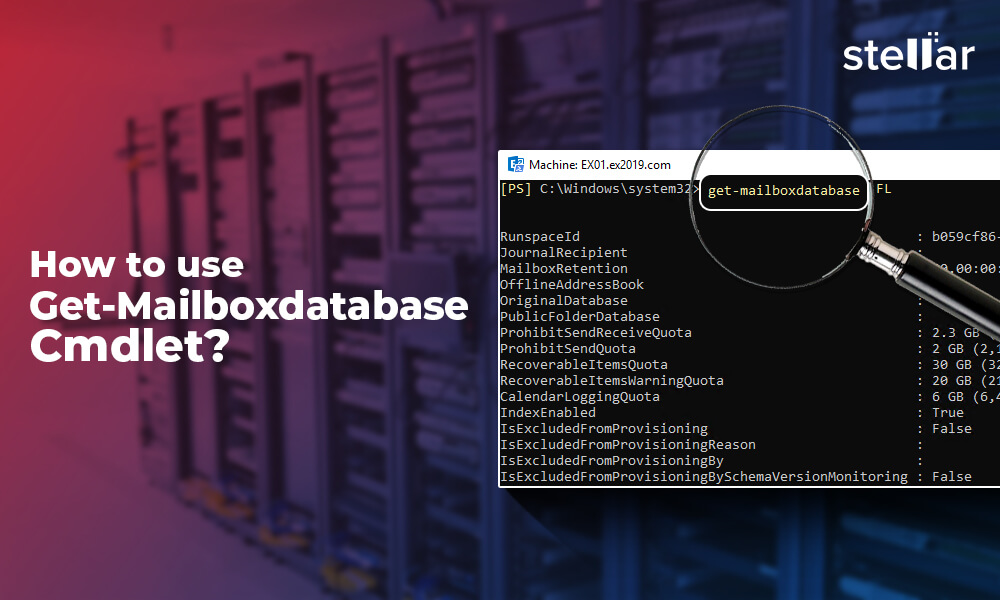
How to Use Get-MailboxDatabase Cmdlet?
Microsoft introduced the Exchange Server PowerShell (Exchange Management Shell) with Exchange 2010 SP1 release. It is a powerful command-line-based utility enabling the administrators to perform various administrative tasks. Using the Exchange Manage...
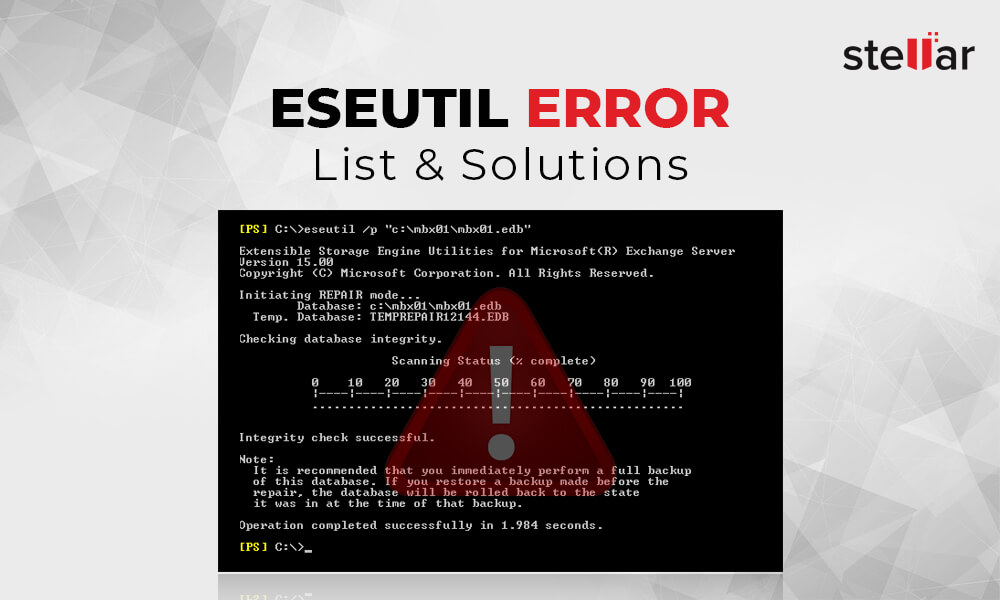
Common EseUtil Errors List and their Solutions
Extensible Storage Engine Utility or Eseutil is a built-in Microsoft utility designed to help Exchange and IT administrators repair inconsistent, corrupt, or damaged Exchange databases (EDB). It allows administrators to efficiently deal with Exchange...
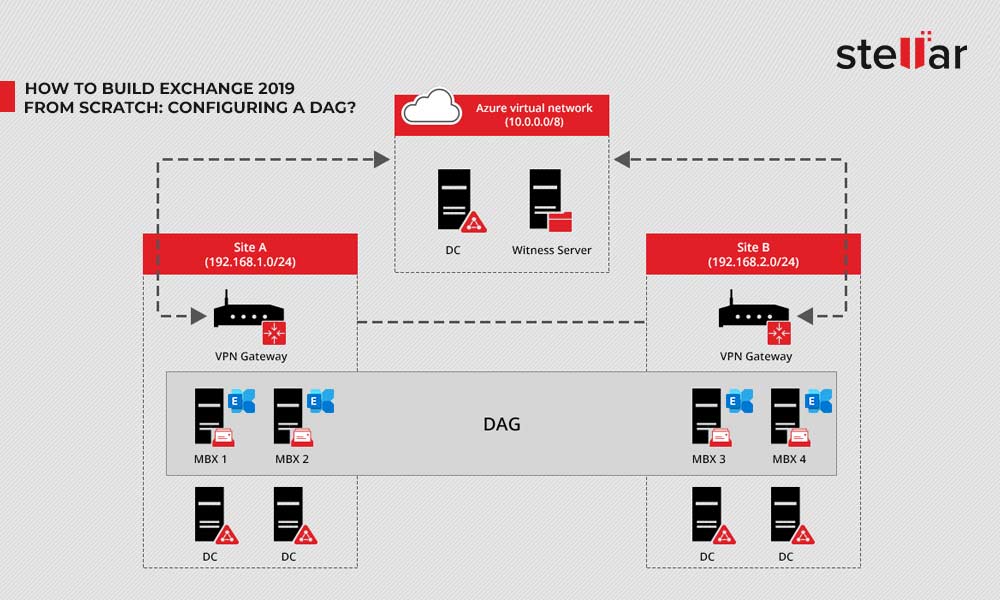
How to Build Exchange 2019 from scratch: Configuring a DAG
Database Availability Group or DAG is the fundamental component and building block in Exchange Server for high availability and site resilience. You can have up to 16 Exchange Servers in a DAG that work with each other and provide automatic database-...

How to Remove a Database from Exchange 2010, 2013, 2016, and 2019?
Exchange Server uses databases to store mailboxes, public folders, and other resources of your Exchange Server. Most of the configuration is stored in the Active Directory Schema but all the data resides in the databases. An Exchange Server data...
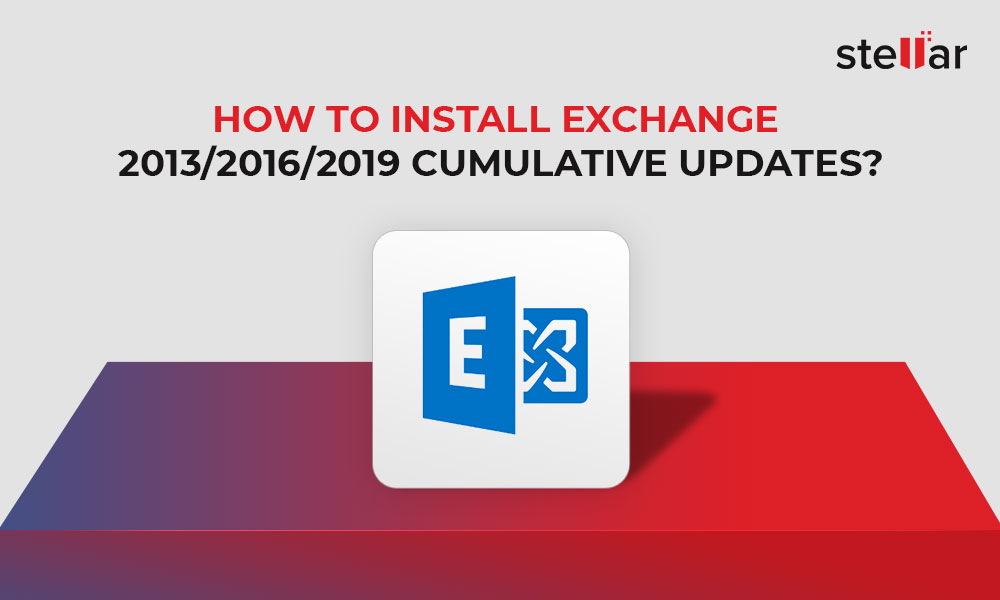
How to Install Exchange 2013/2016/2019 Cumulative Updates?
Software updates are critical as they bring new features, fix bugs, and patch vulnerabilities that threat actors may exploit to gain unauthorized access. Microsoft releases Security Updates (SUs) every month and Cumulative Updates (CUs)...
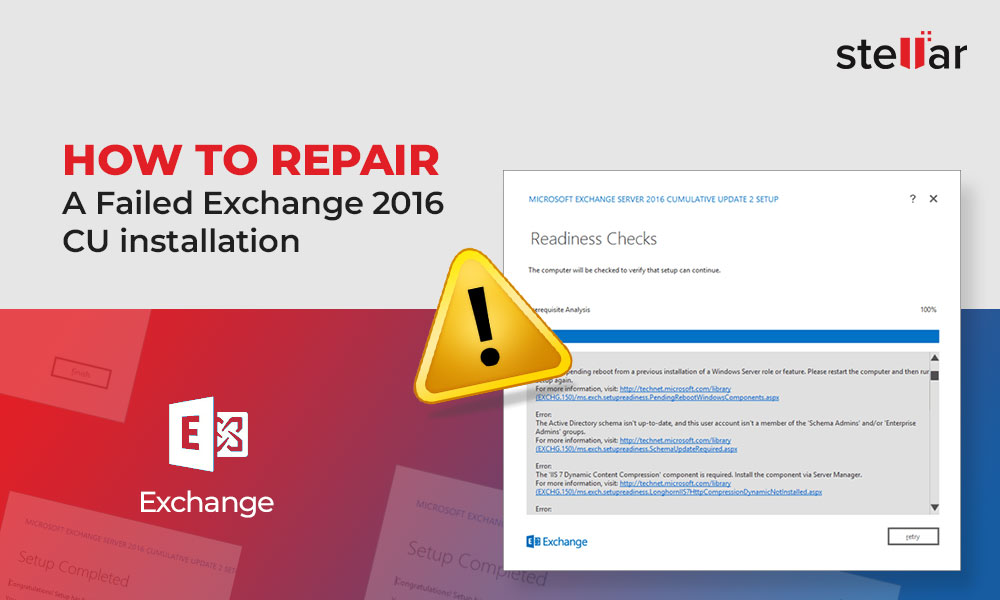
How to Repair A Failed Exchange 2016 CU Installation
In many cases, a failed Microsoft Exchange Server Cumulative Update (CU) can render the server unusable. Although it may appear that all services are running, databases are mounted, and web resources are working normally, the email flow goes dead. As...
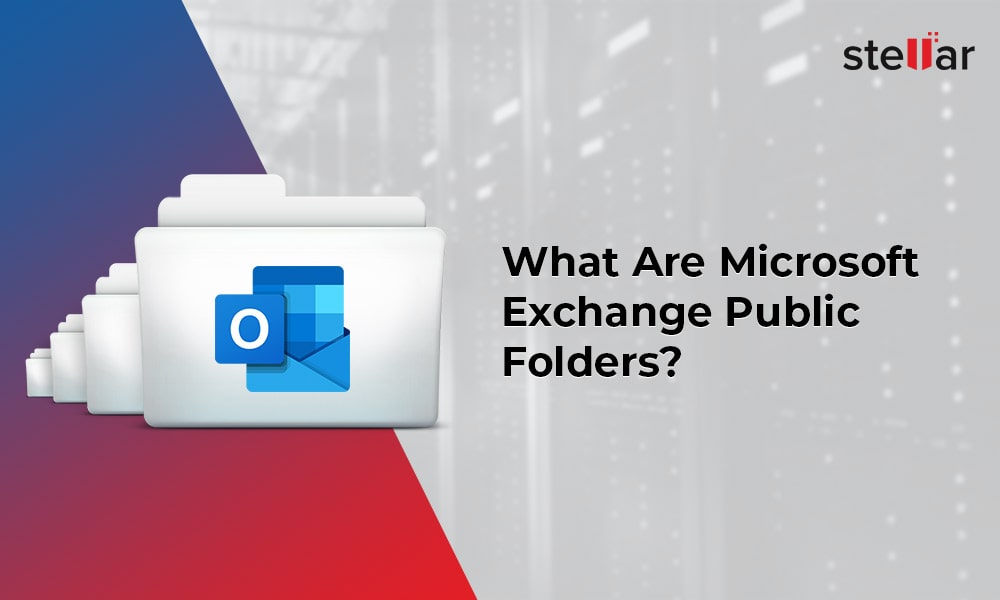
What is Microsoft Exchange Public Folder?
Public Folders in Exchange Server were first introduced with the release of Exchange Server 4.0 back in 1996 to create a collaborative space for sharing and accessing information effectively within the workgroup or organization through a messaging cl...
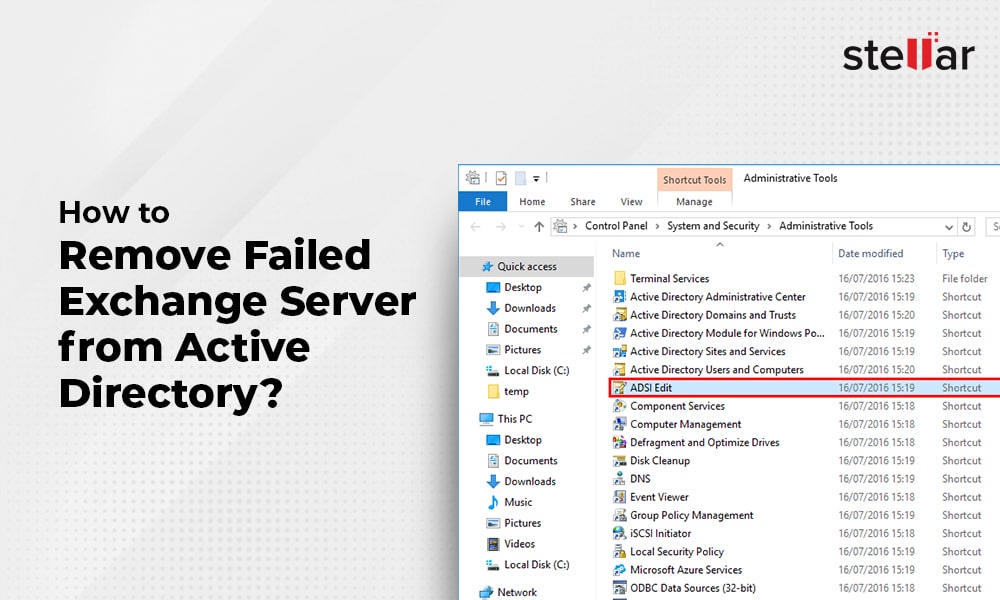
How to Remove Failed Exchange Server from Active Directory?
Microsoft Exchange Server is heavily dependent on the Active Directory Schema. Most of the configuration of the Exchange Server is saved in the Active Directory Schema. There are several other places where the Exchange Server stores information which...
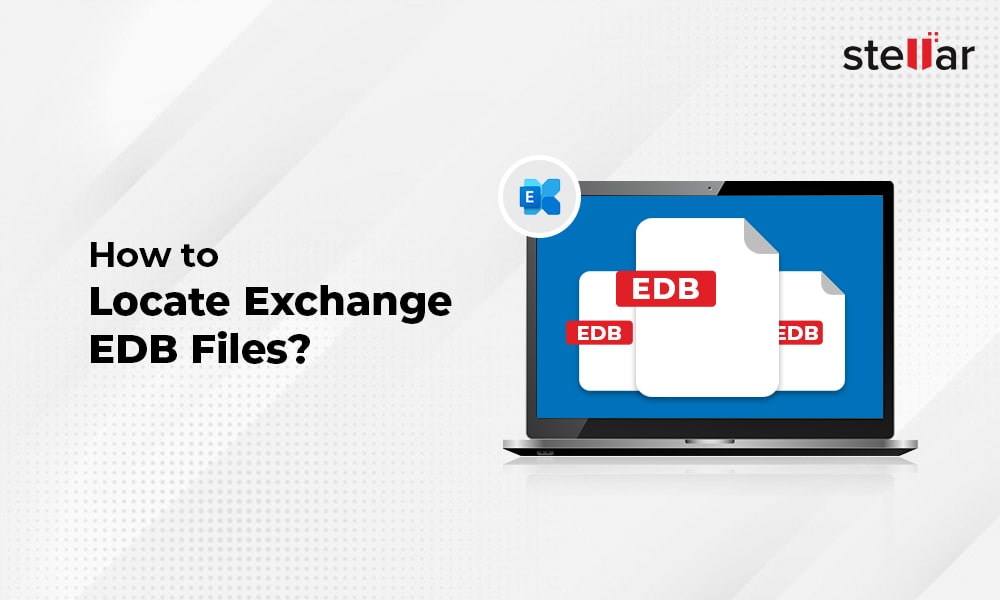
How to Locate Exchange EDB files?
Exchange Server uses databases to store emails, calendars, public folders, archive, and other information related to the Exchange Server accounts. The databases are saved with .EDB extension, which is the same for all Exchange Server versions - from...

How to Recover Deleted Exchange Mailbox?
When a mailbox in Exchange Server is deleted, it is not physically deleted from the mailbox database. The mailbox is marked as disconnected and remains there for a period of 30 days. After 30 days, the mailbox will be permanently deleted. The Exchang...


 Repair Exchange Database
Repair Exchange Database Load More
Load More
